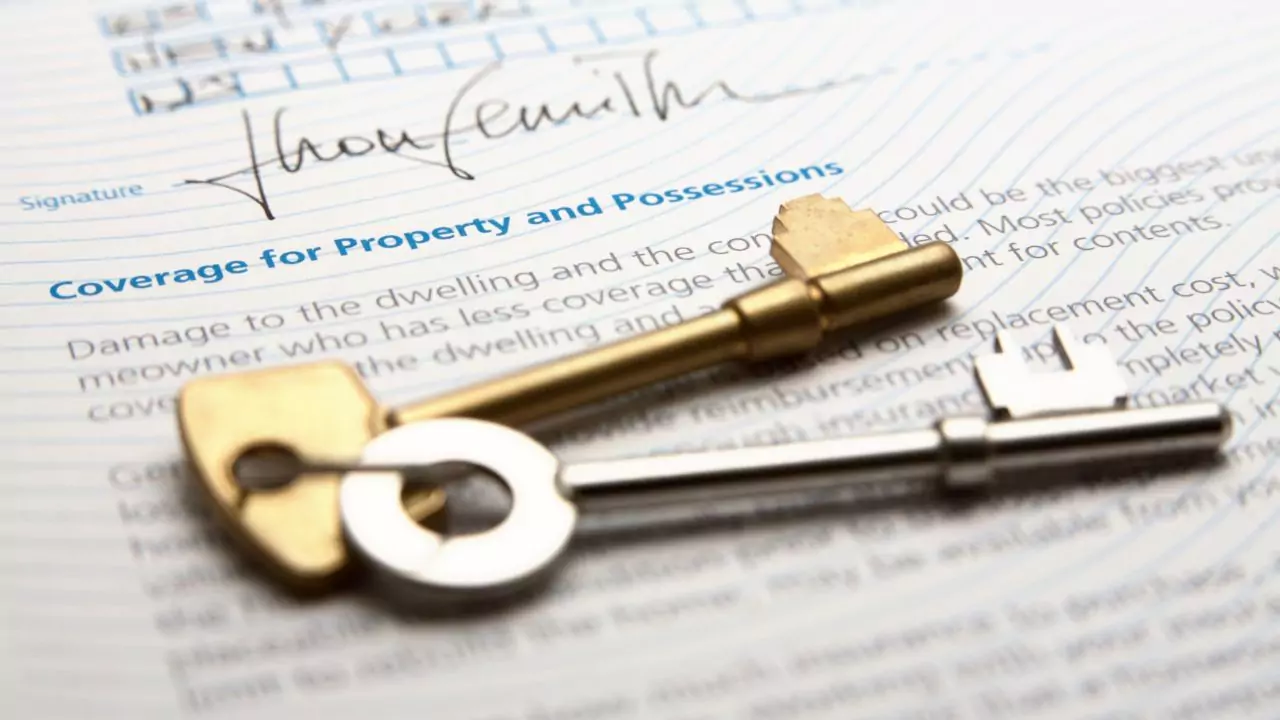Home contents insurance covers a range of items within your household, including electrical goods, furniture, jewelry, sports equipment, clothing, and even pedal cycles. This type of insurance acts as a backup plan in case any of these items are damaged or stolen.
In such situations, the insurance company will either replace or repair the damaged item or provide you with a cash amount equivalent to its replacement value. It’s a comprehensive coverage that ensures your valuable possessions are protected against various risks.
Understanding Household Contents Insurance
Definition of Contents Insurance
Contents insurance is a policy that pays you a sum of money if your personal belongings or furniture are damaged, stolen, or lost due to an insured event, such as fire, flood, storm, burglary, or vandalism. Contents insurance usually covers items that are not permanently attached to your home, such as clothes, appliances, electronics, jewelry, books, and artwork.
Importance of Having Contents Coverage
Contents insurance can provide you with peace of mind and financial security in case something happens to your belongings. It can also help you avoid disputes with your landlord or neighbors if your items cause damage to their property. Contents insurance can also cover your liability if someone gets injured or their property gets damaged by your belongings.
What is Covered in Household Contents Insurance?
Personal Belongings Coverage
Contents insurance typically covers your personal belongings that you use or wear outside your home, such as your phone, laptop, wallet, watch, or sunglasses. This can be useful if you lose or damage your items while traveling, commuting, or going out. However, some policies may have limits on the amount or type of personal belongings they cover, so you should check your policy details carefully.
Property Coverage (Cash Value vs. Replacement Cost)
Contents insurance usually covers your property either at its cash value or its replacement cost. Cash value means the amount your property is worth at the time of the loss, taking into account depreciation and wear and tear. Replacement cost means the amount it would cost to buy a new item of the same kind and quality. Replacement cost coverage is usually more expensive than cash value coverage, but it can also provide you with more compensation if your items are damaged or stolen.
High-value item Sublimits
Contents insurance often has sublimits for certain high-value items, such as jewelry, artwork, antiques, or musical instruments. This means that the policy will only pay up to a certain amount for each item or category of items, regardless of their actual value. For example, your policy may have a sublimit of $1,000 for jewelry, which means that if your $5,000 necklace is stolen, you will only get $1,000 from your insurer. If you have items that are worth more than the sublimits, you may need to get additional coverage or list them separately on your policy.
What is Not Covered in Household Contents Insurance?
Exclusions and Limitations
Contents insurance does not cover everything in your home. There are some common exclusions and limitations that you should be aware of, such as:
- Damage or loss caused by wear and tear, mold, insects, rodents, or pets
- Damage or loss caused by intentional or negligent acts by you or your family members
- Damage or loss caused by war, terrorism, nuclear radiation, or government action
- Damage or loss to items that are illegal, counterfeit, or contraband
- Damage or loss to items that are used for business or professional purposes
Business Property
Contents insurance usually does not cover items that are used for business or professional purposes, such as your office equipment, tools, inventory, or client files. This is because business property has different risks and values than personal property. If you work from home or run a business from your home, you may need to get a separate business insurance policy or a home-based business endorsement to cover your business property. You should also inform your insurer about your business activities and check your policy terms and conditions.





